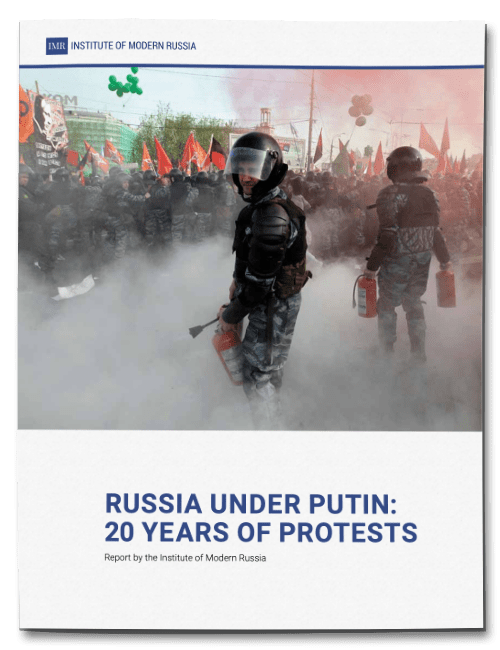Valerie Volcovici, Andrew R.C. Marshall, Matthew Green
WASHINGTON/LONDON (Reuters) - America’s biggest oil and gas lobby group is ramping up its advertising spending ahead of the November election to persuade voters that natural gas is a climate-friendly fuel, according to ad buying data.
A person views an online advertisement that ran on Facebook and was paid for by the American Petroleum Institute as part of their Energy For Progress campaign to cast natural gas as climate-friendly, in this illustration picture taken August 6, 2020. REUTERS/Mike Segar/Illustration
The campaign by the American Petroleum Institute (API), targeted at younger voters and some tight congressional races, is part of a global battle by the drilling industry to assuage growing fears over the role of natural gas in driving climate change.
U.S. Democratic presidential candidate Joe Biden last month unveiled a $2 trillion plan to transition the American economy away from fossil fuels, including natural gas, if he beats incumbent Donald Trump, who is a drilling advocate. Biden’s plan would support climate litigation against polluters who conceal information about environmental and health risks.
In the three weeks following Biden’s climate announcement on July 14, API increased its spending on Facebook ads to an estimated average of $24,000 a day. That’s about six times its average daily spending in the preceding six months, according to an analysis by InfluenceMap, a non-profit group whose data on lobbying is used by institutional investors.
(See graphic on API Facebook spending here)
Those ads mainly target a younger audience including 25-to-34-year-olds, according to a separate analysis by Bully Pulpit Interactive Media conducted on behalf of Reuters.
Meanwhile, API has spent an estimated $3.1 million on TV ads between Jan. 1 and Aug. 16, according to data from analytics firm iSpot, an increase of 51% over the same period in 2019





